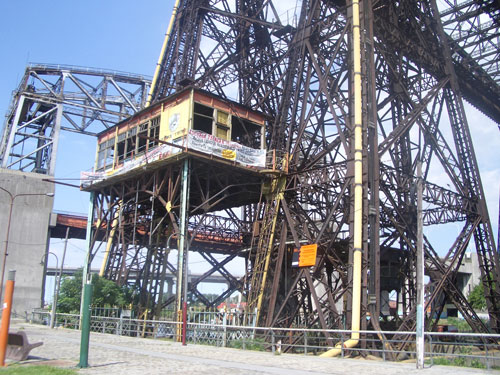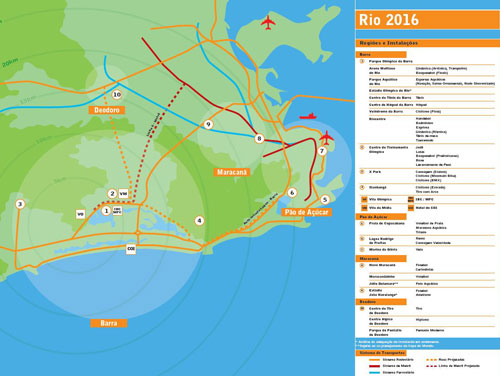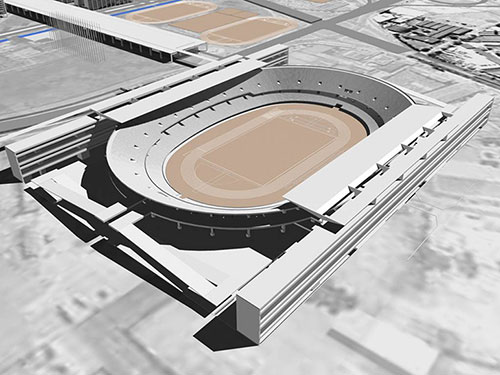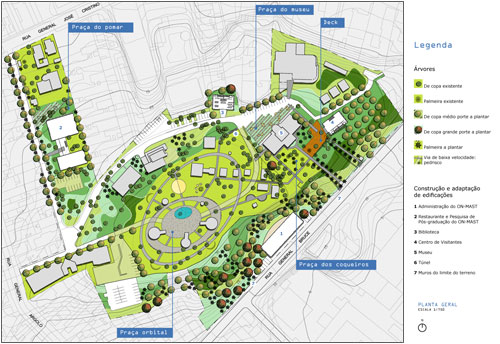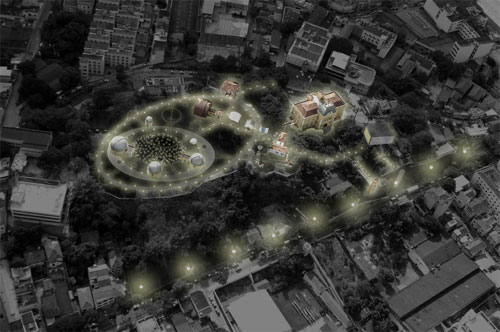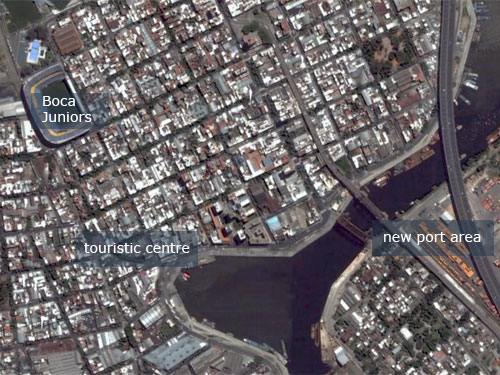
La Boca, district near the port of Buenos Aires, originated as a traditional worker class barrio of Italian immigrants at the end of the 19th century. Today the “caminito” between the Boca Juniors stadium and the old docks, loaded with souvenir stands and tango shows, attracts thousands of tourists. The old houses in these streets, made of steel cladding, are colorfully painted and house only souvenir shops and restaurants on the ground floor.
Tourists are dropped in masses by organized bus tours, and warned not to wander around the neighborhood, especially the open wasteland behind the stadium with the slums and the area underneath the flyovers, because they could get mugged. There is indeed a bizarre contrast between the small colorful centre and the rest of the former dock worker´s neighborhood in the middle of post-industrial remains.
Does this kind of revitalization, with its thematic scenery and dollars from the tourist industry, help to preserve the culture of the Italian immigrants in Buenos Aires and the local industrial heritage?
Does it reduce the social differences and segregation within La Boca and Buenos Aires as a whole?
And finally, what does it say about the role of architectural heritage in all this?
Investments are made to maintain and transform shantytown-like cabins, favorites of the public, wearing colors they never possessed. At the same time industrial sheds and infrastructure, highly appreciated by the academic world, are rusting away a hundred meters ahead. Perhaps we should alter our standards regarding the value of these structures and their meaning, or try to discover why the “valuable” is not being economically viable at this moment.
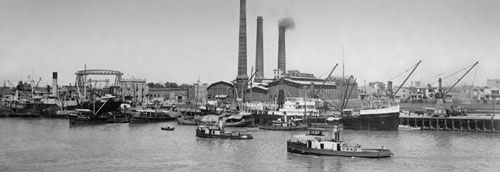
Article on industrial heritage in Argentina
www.vitruvius.com.br/arquitextos/arq091/arq091_03.asp
General info on La boca
http://en.wikipedia.org/wiki/La_Boca


